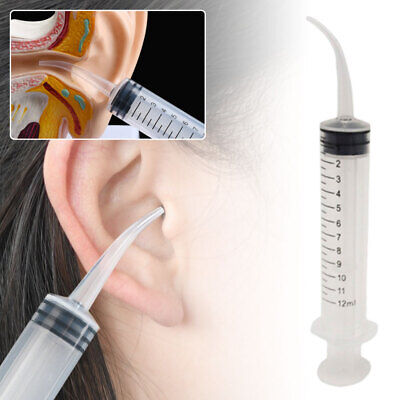Earwax is produced in the outer ear canal,the area between the pinna and the middle ear.
There are two types of earwax—wet and dry. Dry earwax is more flaky and is light brown or grey whereas wet earwax is darker brown and sticky.
Earwaxis important because it acts as a waterproof lining of the ear canal, protecting itand the eardrum from infection. It traps dirt, dust, and other particles,keeping them from injuring or irritating the eardrum.
Usually,there's no need to remove earwax, as it comes out by itself. The wax makesits way through the outer ear canal to the opening of the ear. Then it eitherfalls out or comes out during bathing. In most people, the outer ear canalmakes earwax all the time, so the canal always has enough wax in it.
Stickinganything into the ears raises the risk of infection or damage to the ear canalor ear drum. Cotton swabs or earbuds should not be used to remove earwax. Inmost cases, regular bathing is enough to keep it at healthy levels.
Whilesome people have more earwax than others, in general, the ear makes as much waxas it needs. Sometimes earwax can build up and block the ear canal, especiallywhen pushed in by a finger, cotton swab, or other object. If it affects hearing or causes pain or discomfort, an ENTdoctor can remove it.
Do not attempt to remove ear wax at home, doing so candamage the ear canal and, possibly even hearing.
If aperson complains of ear discomfort and you see wax in the ear, don't use acotton swab, a finger, or anything else to poke inside the ear. It can damagethe delicate ear canal and eardrum, or push the wax in even further.
Consultan ENT doctor if there are:
*earpain, itchiness, or discomfort (blockage in the ear)
* hearingproblems
In an infant or toddler is tugging at the ears, it can be a sign of an ear problem.
Sometimesdoctors will remove earwax:
*ifit is painful, itchy, or uncomfortable
*if it affects the hearing
*to geta better view of the eardrum to check for problems.
Earwax removal usually is done in the doctor's clinic.There might be a little discomfort but it isn't painful.
If a child can't sit still or cooperate, the doctorcan remove it in an operating room while the child is under general anesthesia.
Thereare different ways of removing ear wax:
*syringingwith warm water, pulling it out, or suctioning it out with special instruments.
*Sometimesthe doctor prescribes ear drops for a few days to soften the wax and then for waxremoval.
Ear wax removaltakes only a few minutes. If there's a sign of infection, the doctor mayprescribe antibiotic ear drops.
